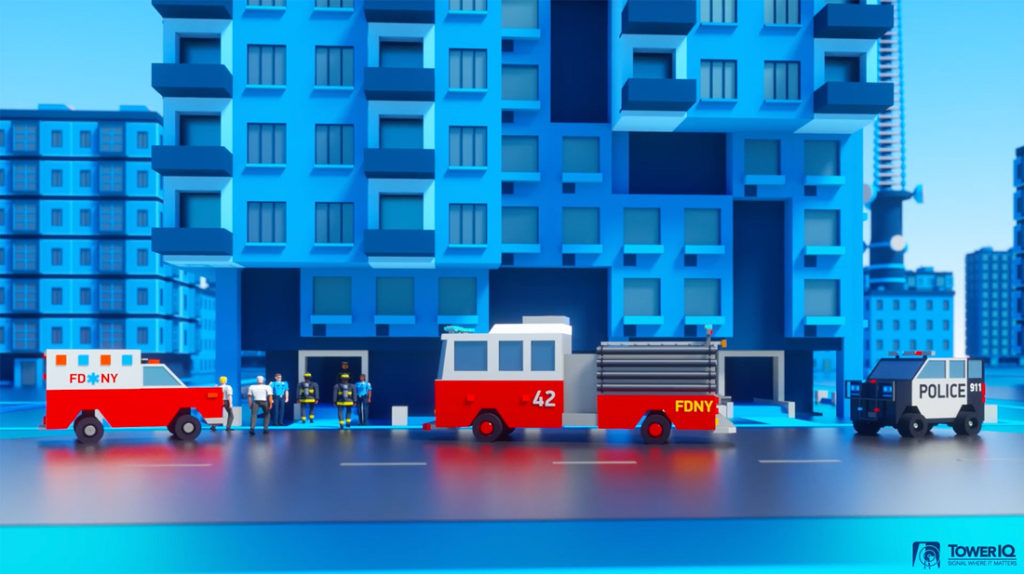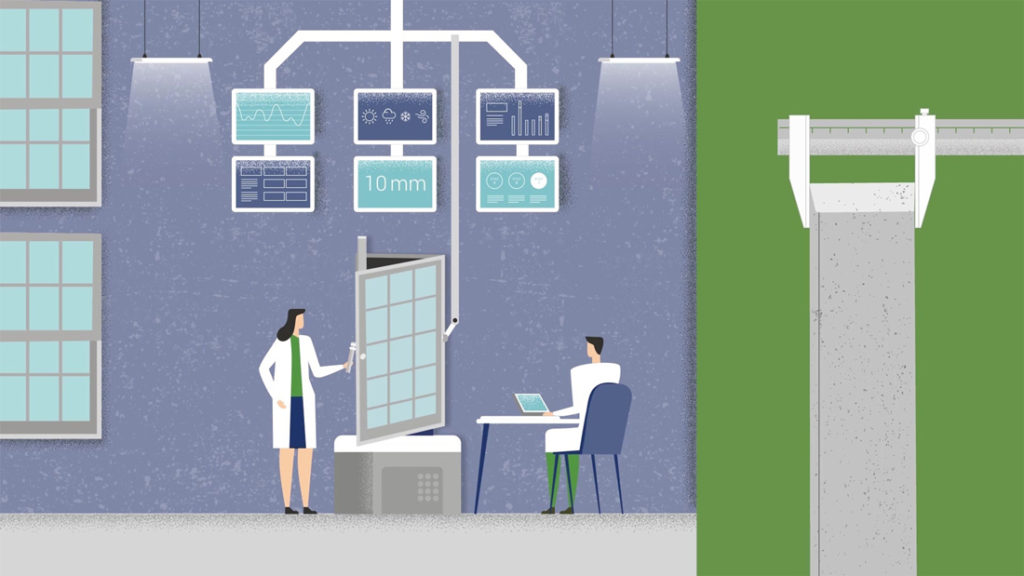An animated video can be a powerful marketing tool, but how can you make sure the video will turn out how you want it to? The truth is, getting the final cut that you envisioned out of your animated video is all about one thing: communication with your animation company. By knowing a few key stages to give the right feedback, the entire process will run more smoothly than ever, and you’re more likely to see a spot-on final product.

Find a Reference Video from Your Animation Company
One of the most valuable assets you can give your production team is a reference video. It’s likely that you selected your animation company by browsing their work already, so if you saw a certain style that you think would fit for your video, bring it to their attention. Especially if it’s a piece of their own work, you know that they have the exact capability to knock that style out of the park.
Be Specific About What You Like
When presenting a reference video reference, specificity is key. The more specific you can be about what you like and dislike, the more likely the production team can execute what you’re picturing. If you pick a reference video because you like the “style” of it, ask yourself, “What about the style?” Is it the way the characters move, the colors, the tone, the pace? Flood your production team with as many specifics as you can. By giving these details, you equip them to make a final product that you will love.

If They Don’t Have the Right Example, Use Someone Else’s
There’s nothing wrong with showing a different company’s work as a reference. Production teams understand that their work is limited to the projects that their clients bring them, and are happy to branch out to something new. Just be specific about the elements you like, and ask your animation company if they can achieve it.

Give Detailed Feedback in the Storyboarding Phase
Once animation begins, after the storyboarding phase, some changes become a lot harder to make. Storyboards and style frames are meant to give the client a peek into what the video will actually look like. It’s basically an attempt to set visual elements in stone. If anything stands out in this phase, be sure to point it out. Adjustments, and even total reworkings of the style, are much easier while storyboarding than while animating.
Looking out for these moments in your communication with the animation team will help the process flow smoothly. By bringing in references, conveying as many specifics as possible, and understanding the steps involved with creating an animated video, you set everyone up for success.
Written by Stephen Kipp | Head Writer



